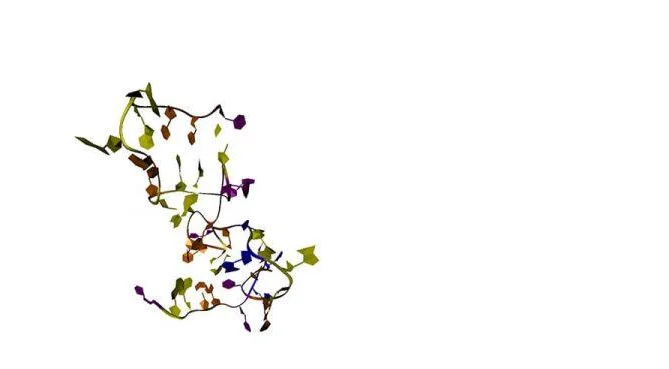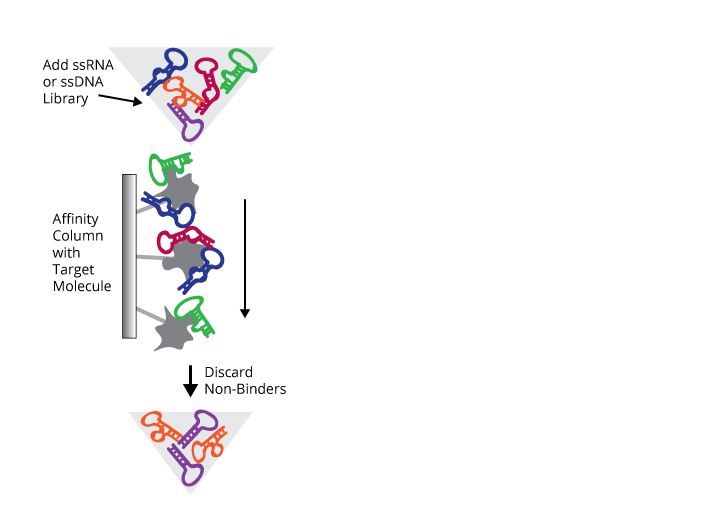Exploring SNAI1 as a Target in Breast Cancer
Therapeutic concept and target identification
Breast cancer is the most common of cancer that is diagnosed amongst the women. In fact, one in every ten of new cancers that are diagnosed in a year is breast cancers. Of most of the deaths caused by cancer amongst women, breast cancer comes second. The tumour develops following damage of DNA as well as genetic mutations that can be affected by exposure to estrogen. For those researching this topic, seeking healthcare dissertation help can provide valuable insights and guidance on the latest studies and treatment approaches.

The target that is being considered in this project is SNAi1. This is a transcriptional factor in breast cancer. In its structure, the SNAi1 has the SNAG domain that is situated at the N-terminus. This is necessary for the interaction with various co-repressor complexes that are inclusive of sin3A as well as HDAC1/2, PRC2, PRMT5, and LSD1. The activity of snail is majorly regulated via the central portion of the protein that has sites responsible for post-translational modifications. These are inclusive of the sites for serine phosphorylation in the SRD, two-lysine oxidation as well as the NES for CRMI-dependent nuclear export. Snail binds to CAGGTG Ebox consensus sequence. The major kinase that is responsible for the phosphorylation at the SRD region is the glycogen synthase kinase-3β. The region is where there is the interaction between C-terminal domain phosphatase and snail thus removing the phosphorylation. When the Snail is phosphorylated, it interacts with besides being degraded by β-Trcp. Snail also interacts with FBXL14, an F-box E3 ubiquitin ligase thus promoting the ubiquitination as well as the proteasome degradation. Oxidase-like 2 is also bound to SNAG domain of the Snail leading to the thus antagonising the association of FBXL14 or β-TrCP1 to Snail, resulting in Snail stabilization. Mediation of the sequence-specific interactions with DNA and Snail is undertaken by the C-terminal zinc finger region. The repressor activity of the Snail is also mediated by the C-terminal. Snail is phosphorylated by PAK1 on the Ser 246 thus promoting the Snail’s nuclear accumulation and enhancing its repressor activity in the nucleus. Regulation of Snail is undertaken through various signals from the tumour environment.
Some anticancer drugs exist that target Snail such as Ivermectin that targets PAK1 kinase that regulates majority of the signalling pathways besides promoting programmed death of the cancer cells. However, it needs a combination of other chemotherapy drugs to elicit optimal effects. Besides, it has been associated with organ failure. This leaves a gap that this study aims to fill and thus the need for a drug that specifically targets the cancer cells. This drug discovery project aims to develop a drug that will fill the gap that has been noted in the market. This can be done by inhibiting the interactions of lysine demethylase LSD1 with Snail to block cancer cell invasion.
Drug Discovery
Screening for small molecule inhibitor
We can use the computational narrowing/ in silico screening to focus a virtual library into various hits that have the potential of binding to the target that is Snail. This will be dependent on the X-ray crystallography data for lysine demethylase and Snail that are accessible due to the availability and well establishment.

LSD1 interacts with Snail family zinc finger proteins that are responsible for the repression of transcription.
After various potential hits are noted, a portion of the compounds will either be bought or chosen from the library of the identified company and assessed in vitro. The hits will be filtered to determine the drug-likeness as well as chemistry quality. This will be done the use of exclusionary filters for the removal of undesired chemistry functionality as well as the capture of a privileged structure formulation. There will also be analysis of the binding of the compound and Snail through screening by Fluorescence resonance energy transfer analysis for binding. This will limit the size of the library besides limiting the screening as well as the molecular optimization of the identified hits.
Validation of the Hits
After the primary screens are complete, the hits will be validated through a confirmatory test of the drug interaction. This will be determined through IC50 curves. The binding of the lysine demethylase and Snail will also be screened for to determine whether their binding would have been reduced. Further hit validation will then be carried out as well as molecular optimization of the identified hits.
Molecular optimization
The in silico optimization of molecular entities will be used in the molecular optimization. Multiple-objective optimization will be used. Substructure-mining methods will discover structural commonalities in the compound sets. These will be referred to as pharmacopheres and they will be dependent on their representation as well as biological information. The strategy will aim to obtain equivalent common substructures as the mining prices will be used in the extraction of 3-D common substructures besides the fact that the mining will involve various molecules that may have same or different modes of action. Multiple distinct objectives will be combined into one objective through the weighted-sum-of objective function. Pharmacophore elucidation method GASP will use a fitness function depending on the quantity as well as the similarity of the molecular features that will be overlaid. The critical parameter s that will guide my optimization will thus be inclusive of molecular features, 3-D common substructures, and modes of action. The information that will be required will include the substructures of the compounds as well as their modes of action and molecular features of the compounds. Assays and substructure methods will be used in generation of the information.
SELEX Aptamer Selection


Aptamers will be selected from a large library of oligonucleotides via Sequential Evolution of Ligands by Exponential Enrichment (SELEX). Iterative process will be used to discard non-binding aptamers while those that will bind to the Snail as the target will be expanded. Also, positive selection will be followed by negative selection to improve the selectivity of the aptamer that will result. SELEX will be undertaken in multiple rounds to ensure enrichment of aptamer pool.
Step I

Step 2

Step 3

Step 4

Clinical Trial Authorization
Looking for further insights on Exploring Personal Team Roles Through the Lens? Click here.
This is important before the approval of a drug by FDA. Authorization is provided by the MHRA. Clinical trial will involve assessment of toxicity of the product. Besides, it would involve assessment of its and benefits through the pharmacokinetic and pharmacodynamics studies that are basically carried in laboratory animals. Apart from the toxicity program, efficacy is also ensured for determination of potential progression of the product to clinical trials that involve human beings. Te effect of the disease on disease biomarkers, tumour size, histological changes of disease tissue, and physiological parameters will also be assessed. Submission for clinical trial authorization by MRHA cannot be undertaken before a risk-benefit analysis is conducted.
- 24/7 Customer Support
- 100% Customer Satisfaction
- No Privacy Violation
- Quick Services
- Subject Experts



